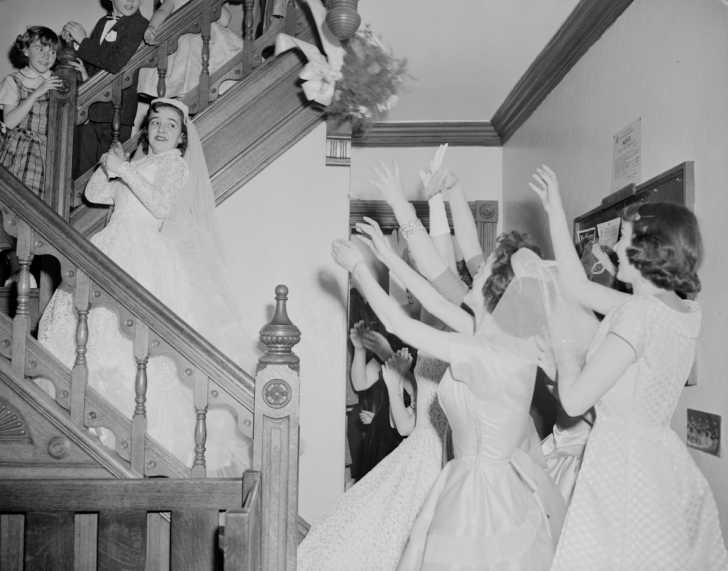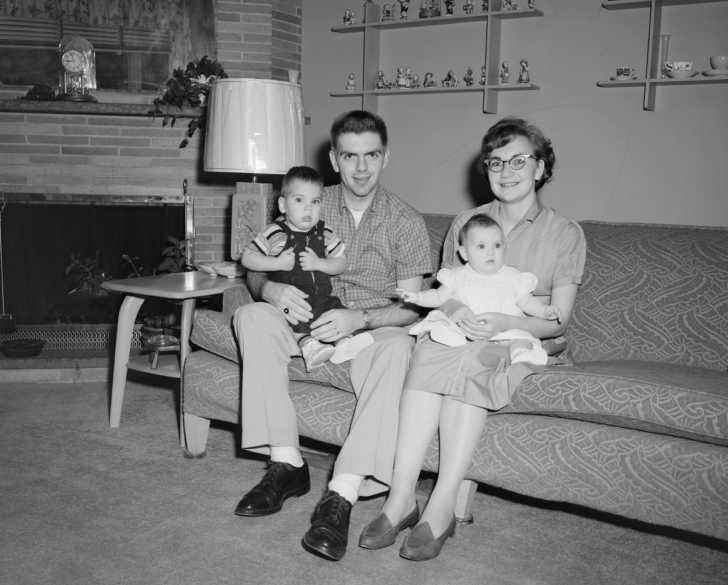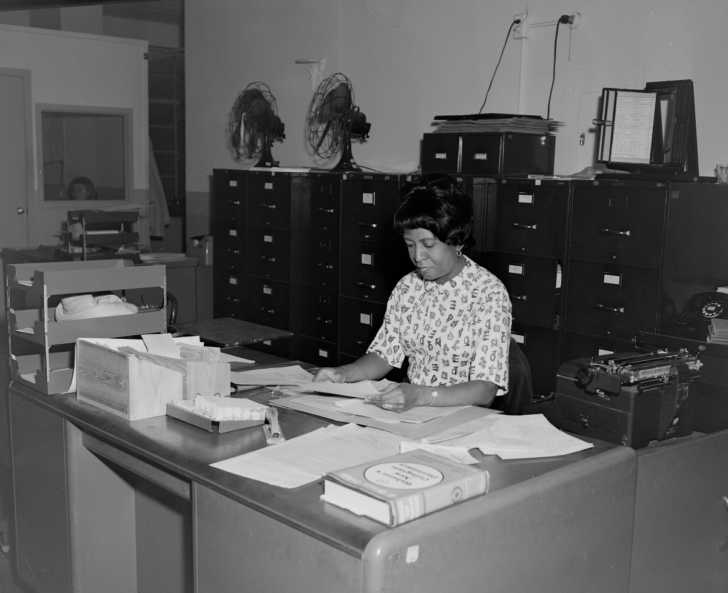Before Feminism Here’s What People Thought About Men Doing Housework
The consensus was not what we expected.
Picture the happy home of the late 1950s: a brand new black and white TV, the family gathered around the table to dinner each night, and tones of aqua blue, baby pink, and butter yellow on the scrupulously clean linoleum floors. And who did this cleaning? Housewives of course! While many women began to work outside the home beginning around World War I and again during World War II, the post war years offered a respite from the greatest conflicts in human history and the return of men to their civilian workplaces.

For the most part women were encouraged to stay at home during the late 1940s through to late 1960s. For many people the idea of family was firmly cemented in the notion that the dad would go to work everyday at a factory or office, while his wife would be a stay-at-home mom and prepare meals and care for the children as her occupation.
At the time wives were usually expected to manage the finances, make the food, do the shopping, decorate the house, and much more. Husbands were usually the ones to fix things around the house and to manage the lawn and/or garden. This division of labor is often still followed today when a woman chooses to be a stay-at-home mom.

So what did people think of men helping their wives out with the housework? A man-on-the-street segment for the Australian Broadcast Corporation in 1961 saw both men and women interviewed on this subject. And, the results are not what you might have guessed.
Most of the older men thought that men should help out and many women said that the men should help out on the weekends if the woman works outside the home- a phenomenon that would ramp up again during the 1960s.

The group that was the most vocal about the division of labor between the sexes seemed to be younger men. Perhaps this can be explained by the fact that those who were adults during World War II had a pitch-in mentality that applied to everyone, whereas the younger men grew up with the example of women as homemakers that was so prevalent during the era.
Have a look at the responses to this interesting question in the video below.
SKM: below-content placeholderWhizzco for DOT

